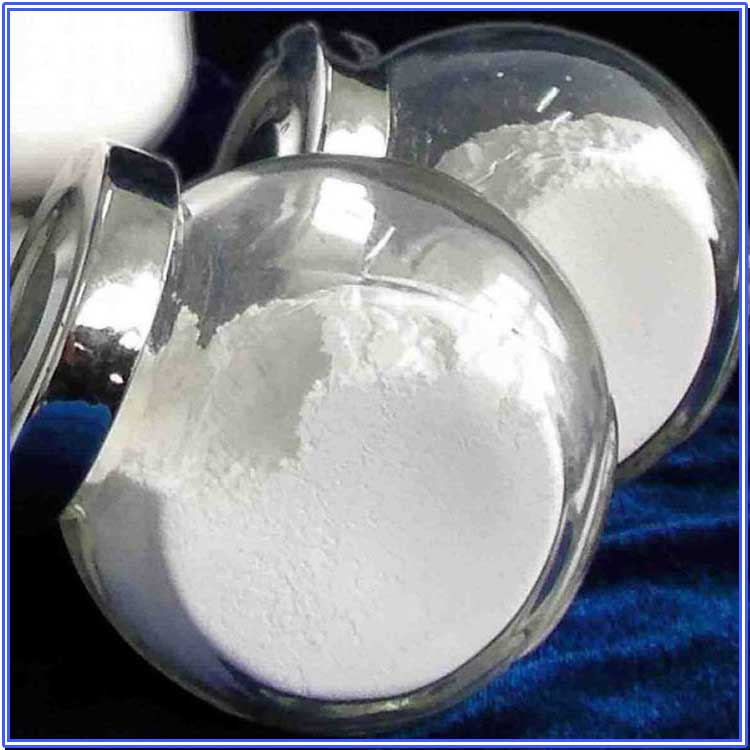1. Additives for high-capacity tin complex negative electrode materials for lithium-ion batteries
Hebei Messi Biology Co., Ltd. stated that the high-capacity tin complex negative electrode materials for lithium-ion batteries select the addition of 10 to 100 g/L of insoluble solid particles such as SiO2, TiO2, ZrO2, Cr2O3, Fe2O3, CeO2, MgO, SiC, BaSO, etc. with a diameter between 0.05 and 10 microns; the nickel-solid particles-tin complex negative electrode material prepared by this method has high specific capacity, high first charge and discharge efficiency, and stable cycle performance as the negative electrode of lithium-ion batteries.

2. Lithium battery positive electrode material, using nano magnesium oxide as a conductive dopant to prepare magnesium-doped lithium iron manganese phosphate through solid phase reaction, which further prepares a nanostructured positive electrode material, whose conductivity can reach 10-2S/cm and the actual discharge capacity reaches 240mAh/g. This new positive electrode material has the characteristics of low price, high energy and safety. It is not only suitable for small and medium-sized polymer, colloidal and liquid lithium-ion batteries, but also especially for high-power power batteries.
3. For the positive electrode active material of rechargeable lithium batteries, a certain amount of nano magnesium oxide, aluminum oxide and other metal oxides are added to form a coating, and its fracture toughness is at least MPam1/2.
4. To improve the capacity and cycle performance of spinel lithium manganese oxide batteries, nano magnesium oxide is added as a deacidifying agent to the electrolyte of lithium ion batteries with spinel lithium manganese oxide as the positive electrode material, and the amount added is % of the weight of the electrolyte. By deacidifying the electrolyte, the content of free acid HF in the electrolyte is reduced to below 20ppm, which reduces the dissolution of HF on LiMn2O4 and improves the capacity and cycle performance of LiMn2O4.
5. An alkaline solution of nano-magnesium oxide as a pH regulator and an ammonia solution as a complexing agent are added to a mixed aqueous solution containing a cobalt salt and a nickel salt to coprecipitate a Ni-Co composite hydroxide; (b) lithium hydroxide is added to the composite hydroxide and the mixture is heat treated at 280-420°C; and (c) the product obtained in step (b) is heat treated at 650-750°C. Depending on the coprecipitation time, the average particle size of the lithium composite oxide decreases, or the packing density increases. When the lithium composite oxide is used as an anode active material, a lithium-ion secondary battery with high capacitance can be obtained. The amount of nano-magnesium oxide added is about 5%.
6. Polishing of glassy carbon electrode materials, usually with corundum, cerium oxide, zirconium oxide, nano-magnesium oxide, aluminum oxide, always polished in the order of lower polishing agent particle size. The produced glassy carbon electrode has the characteristics of high conductivity, good stability to chemicals, gas cannot pass through the electrode, high purity, low price, small hydrogen overpotential and oxygen overpotential, and easy surface regeneration, so it is widely used.
